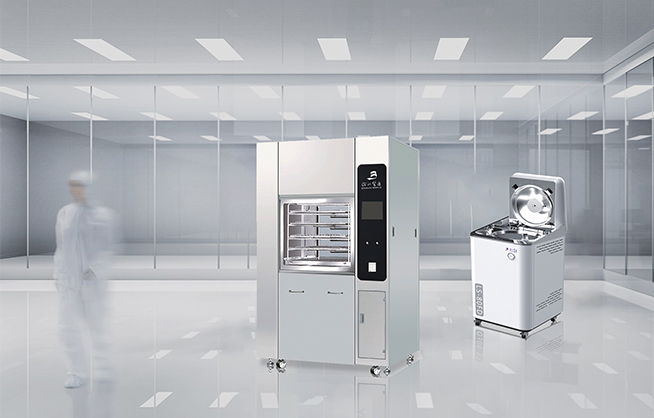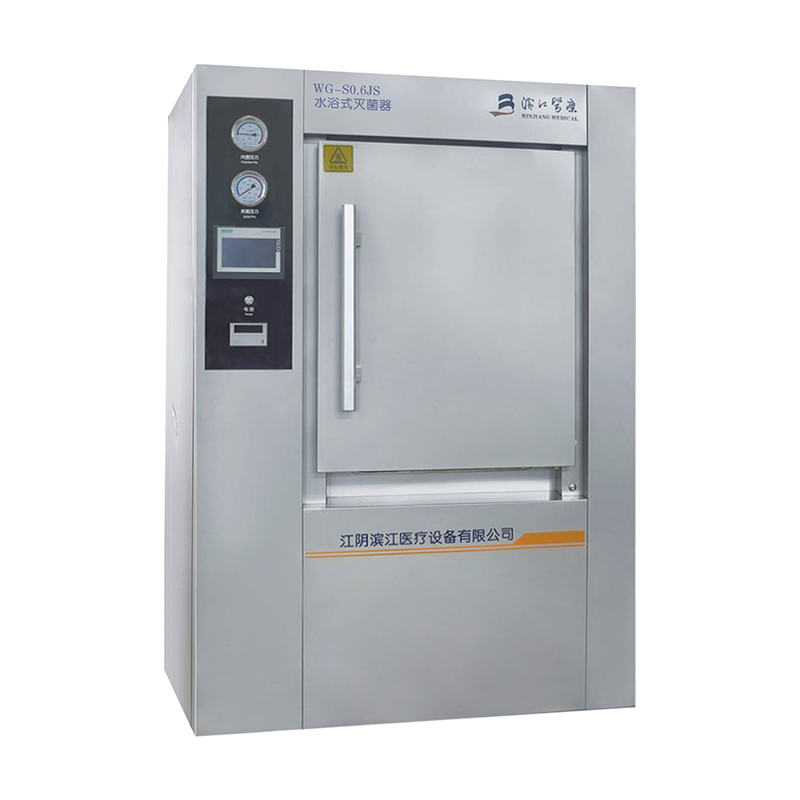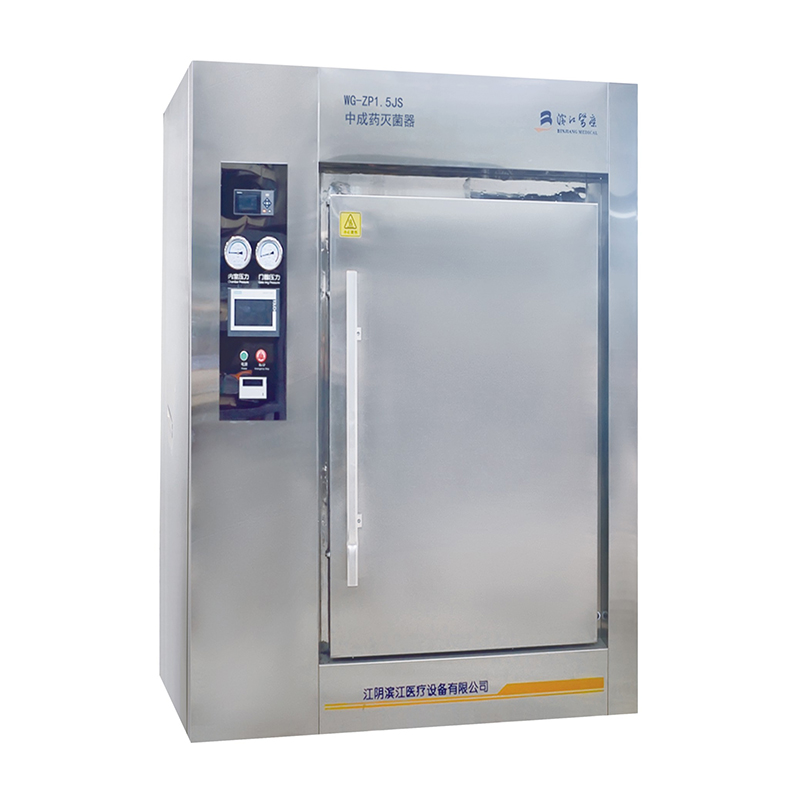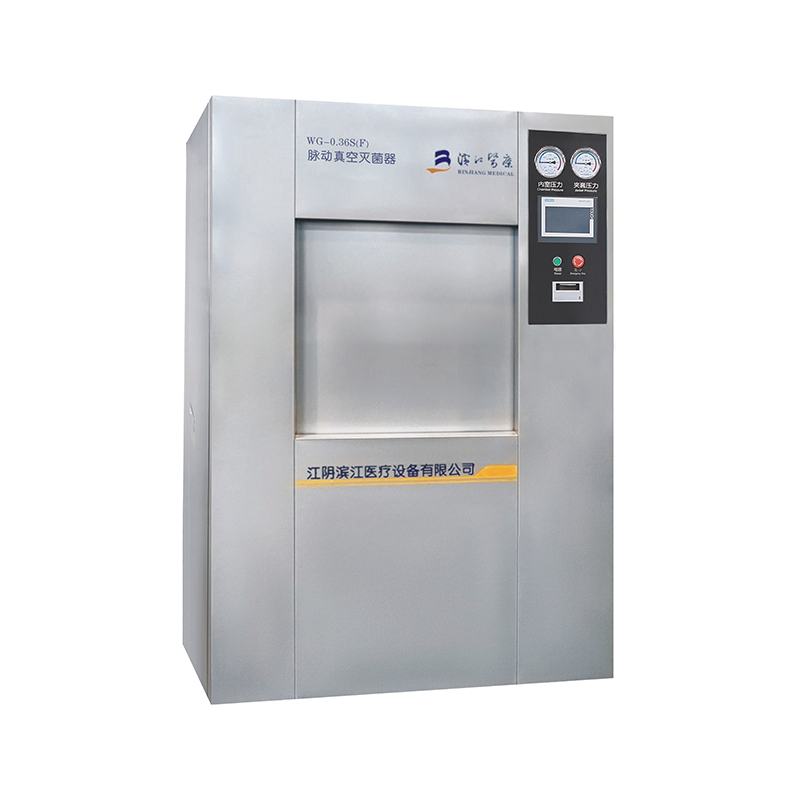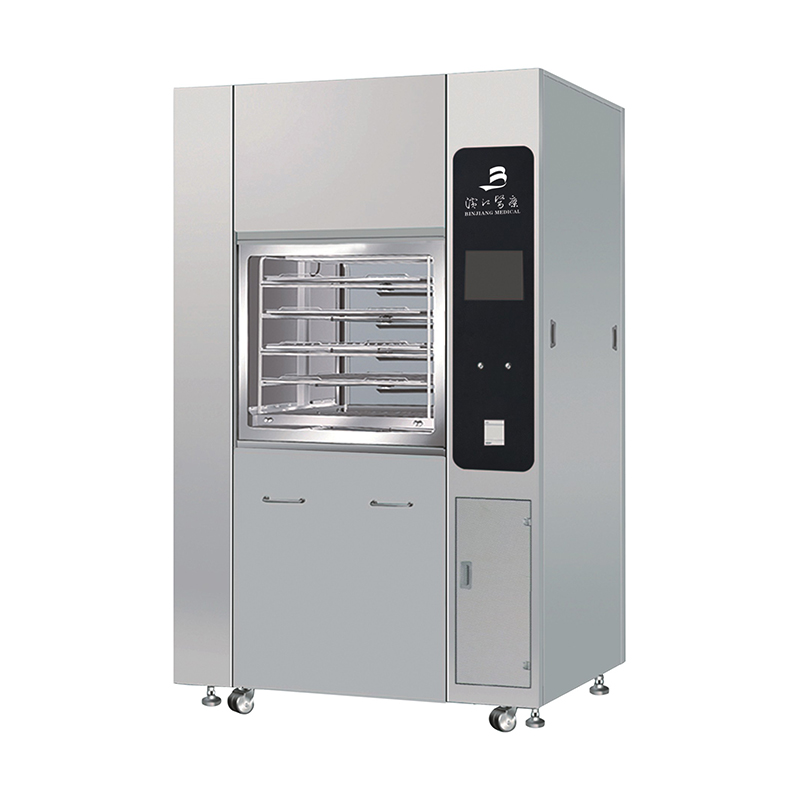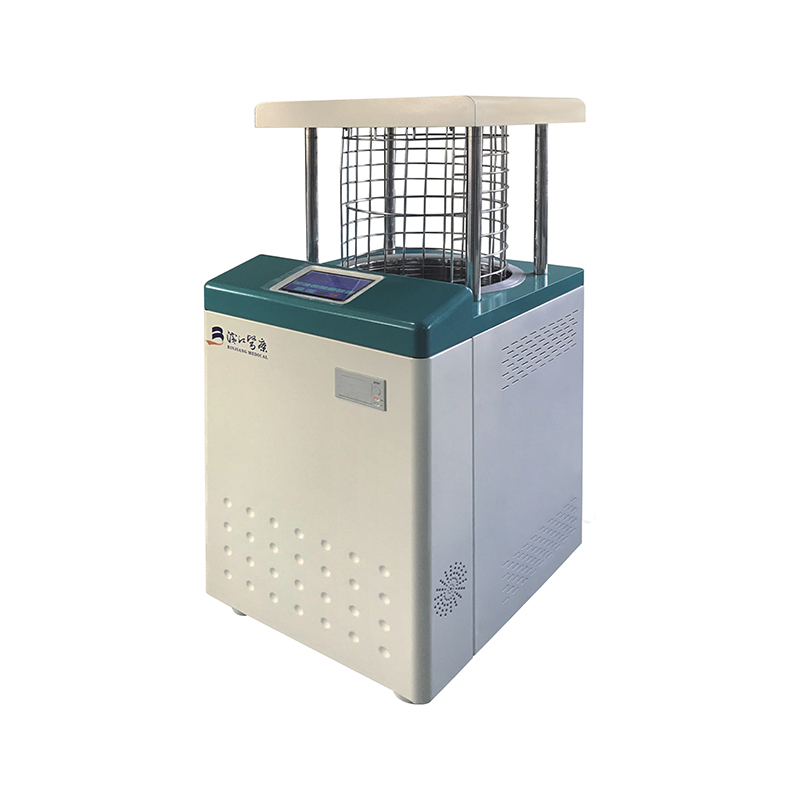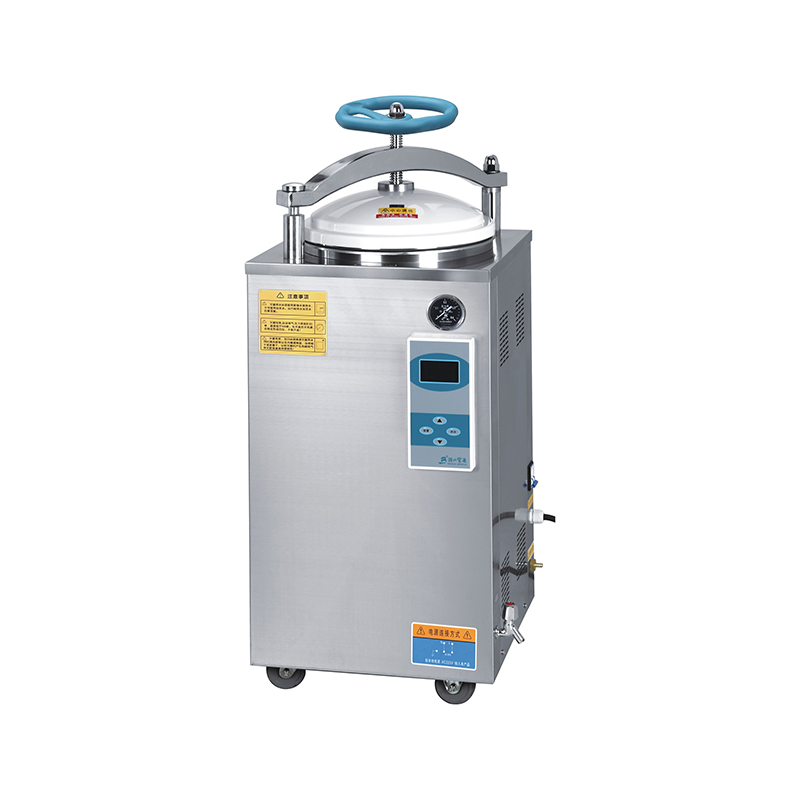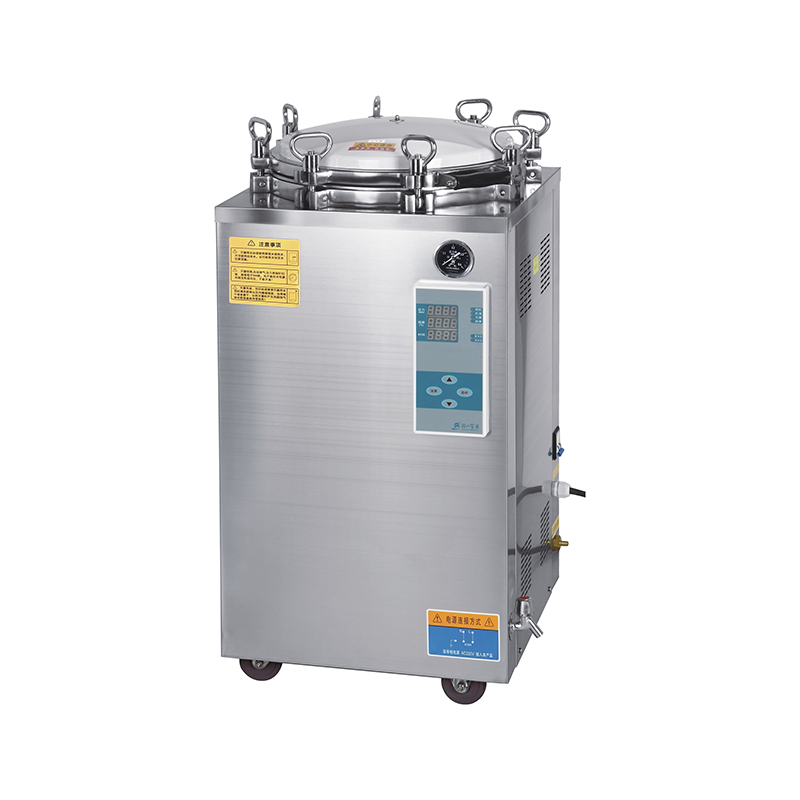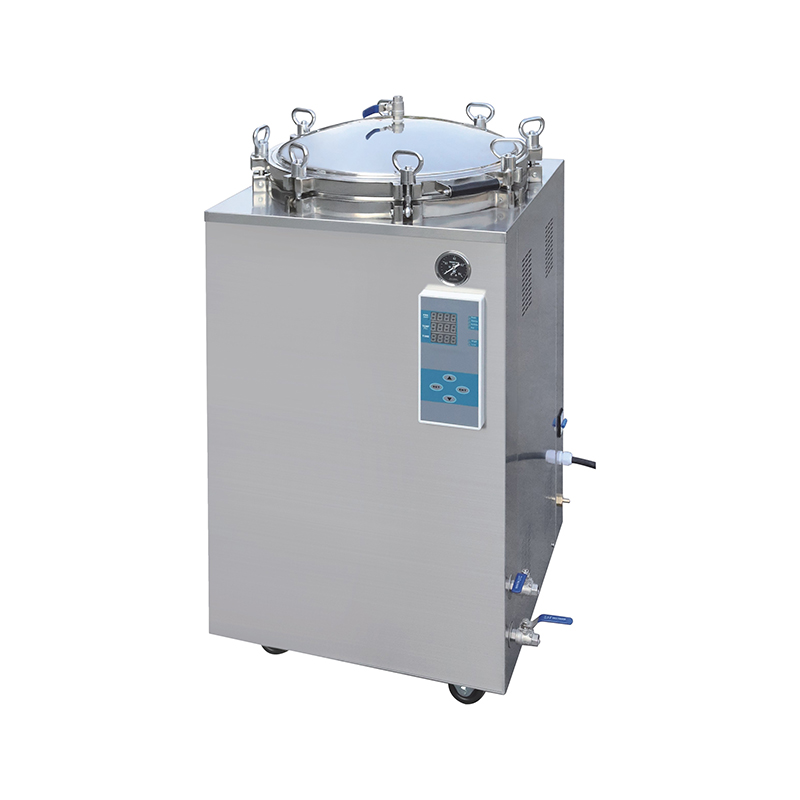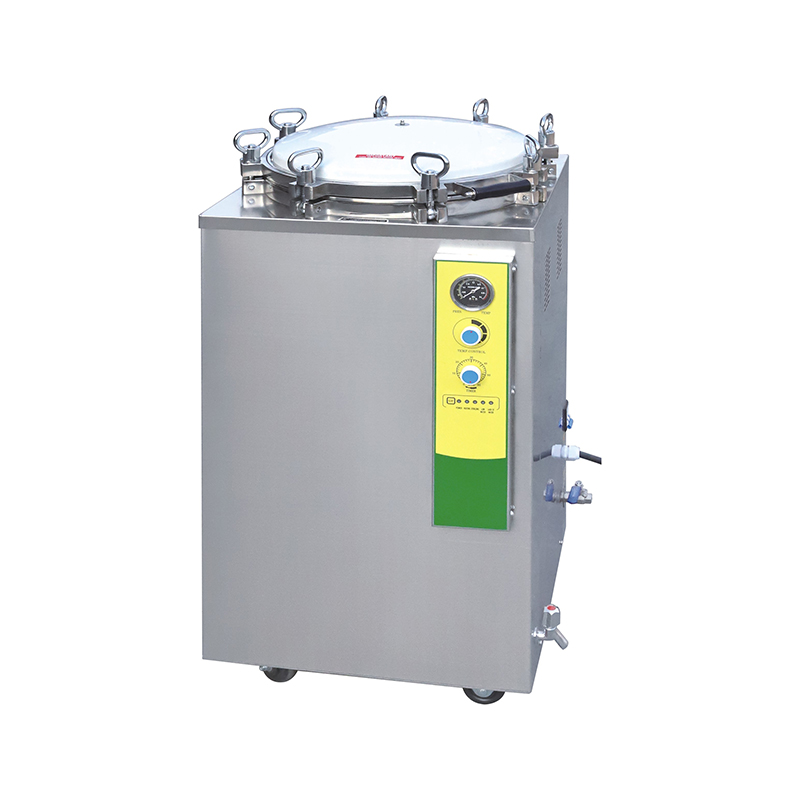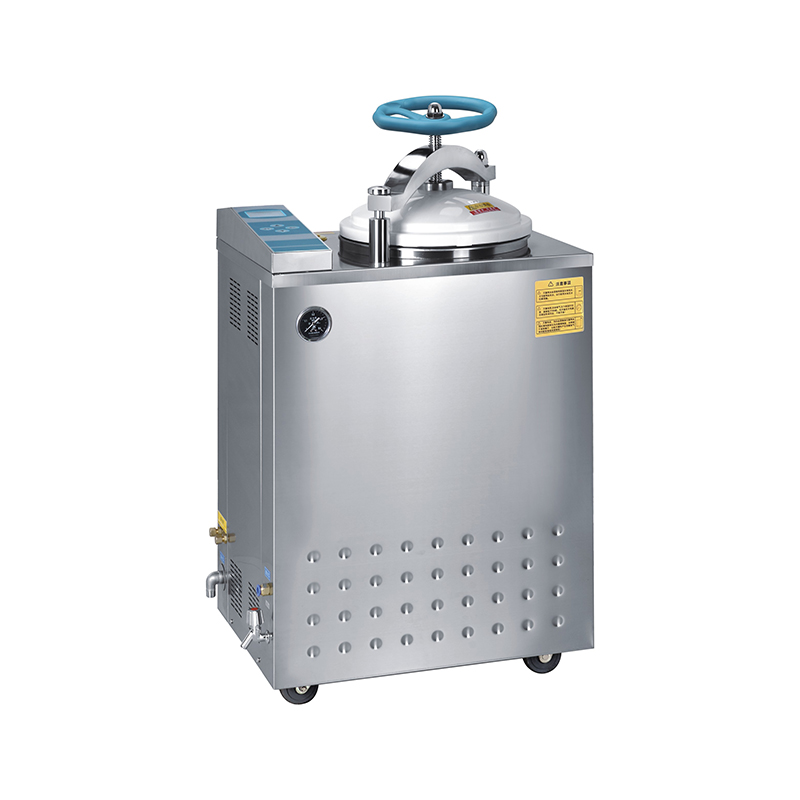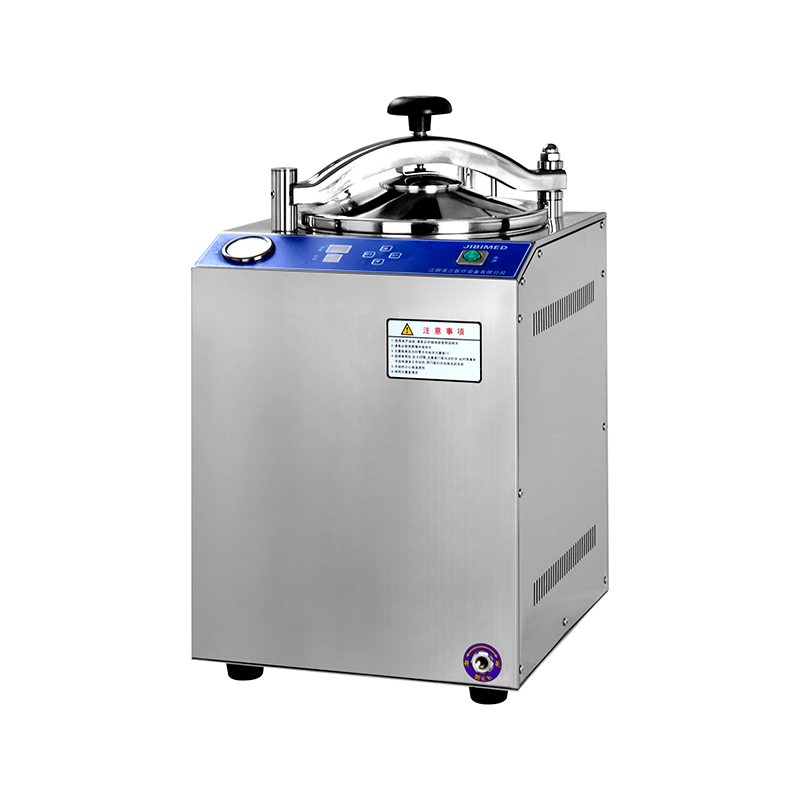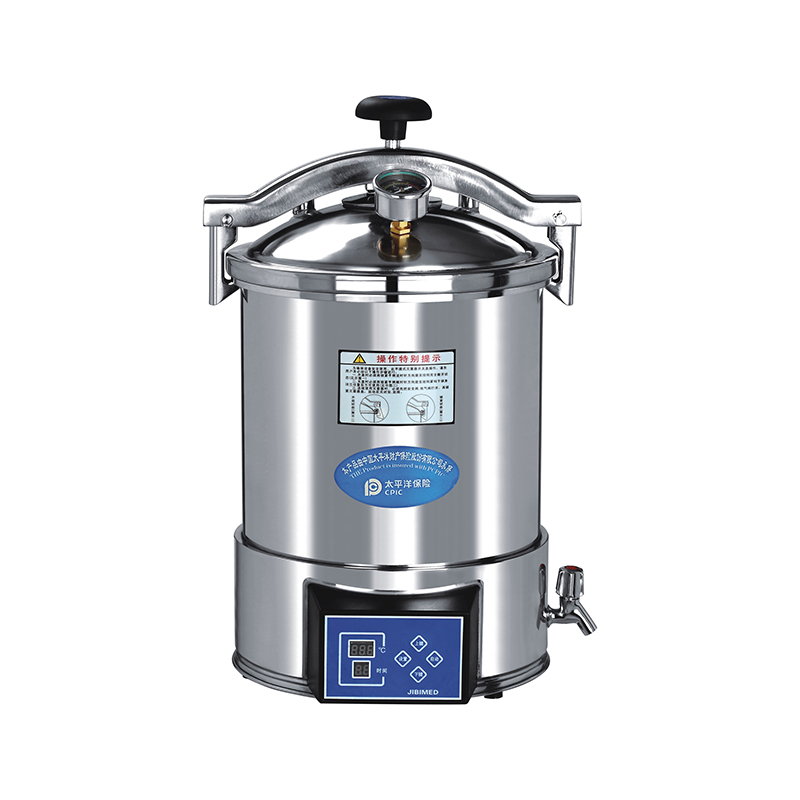The Importance of Preheating and Venting for Pressure Steam Sterilizers
Posted by Admin | 04 Jul
Preheating
The purpose of the preheating process:
The purpose of the preheating process is to increase the temperature in the sterilizer chamber to a temperature close to that required for sterilization, thereby reducing the sterilization cycle time and ensuring uniformity of the sterilization process.
Preheating allows the sterilizer to reach the required operating temperature so that at the start of the sterilization cycle, steam can quickly fill the entire chamber and ensure that all sterilized items reach the required sterilization temperature.
Steps in the implementation of preheating:
Starting the sterilizer: Set the Pressure Steam Sterilizer to preheat mode or just start the sterilization process, some sterilizers will automatically include a preheat step.
Warm-up time: The warm-up time is usually part of the program and depends on the design of the sterilizer and the number and type of items to be sterilized.
Temperature Monitoring: The temperature rise during the preheat process is monitored by the temperature sensor built into the sterilizer to ensure that the desired temperature is reached during the preheat phase.
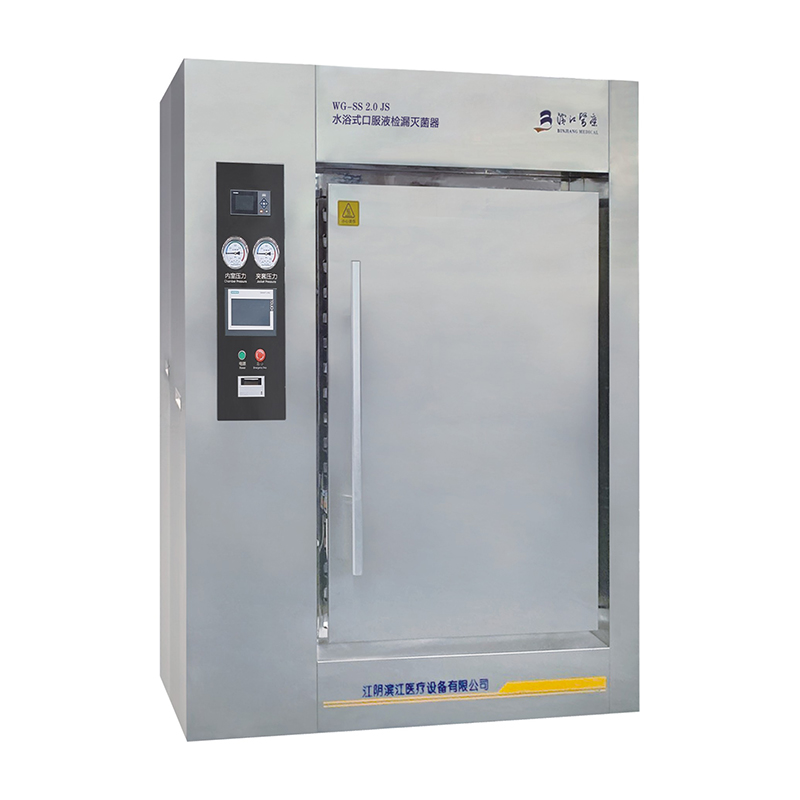
Degassing
Purpose of the degassing process:
The main purpose of the venting process is to remove cold air from the sterilizer chamber, as the presence of air affects the uniform distribution of steam and temperature transfer, which in turn affects the sterilization results.
The presence of air will form a cold spot, resulting in some areas of the sterilizer can not reach the required sterilization temperature, affecting the sterilization effect.
Steps for implementing exhaust:
Pre-venting: at the beginning of the sterilization cycle, exhaust cold air from the chamber by opening the vent valve or using a pre-venting procedure. This process may be repeated to ensure maximum air removal.
Pressure and temperature monitoring: During the venting process, the pressure and temperature within the chamber are monitored to ensure that air is completely expelled and that steam is evenly distributed. Modern Pressure Steam Sterilizers are often equipped with sensors that automatically regulate the venting process.
Step-by-step venting: The venting process may be divided into several steps, starting with rapid venting and then slowing down to ensure that the air is completely expelled and that the pressure stability in the chamber is not compromised.
Methods of exhausting air:
Gravity exhaust: Using steam, which is denser than air, air is exhausted through natural convection and gravity. This method is suitable for some simple sterilizers.
Mechanical exhaust: By using a vacuum pump or other mechanical device, air is exhausted before or at the same time as the steam is injected. This method is more efficient and is suitable for occasions where high sterilization effect is required.
Precautions:
Uniform Distribution: Ensure that the steam fills the entire chamber evenly to avoid the formation of air pockets between and around the sterilized items.
Repeated testing: Test the exhaust effect periodically with a chemical or biological indicator to ensure that there is no air trapped that could affect the sterilization effect.


 English
English русский
русский Français
Français Español
Español bahasa Indonesia
bahasa Indonesia Deutsch
Deutsch عربى
عربى 中文简体
中文简体
